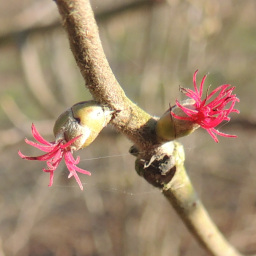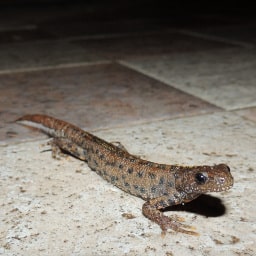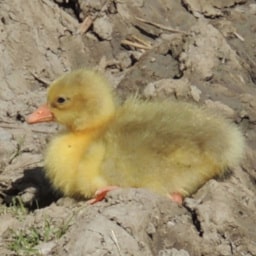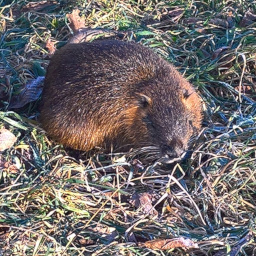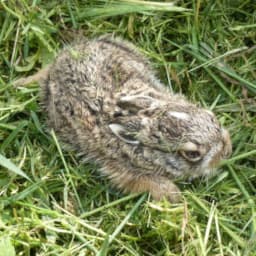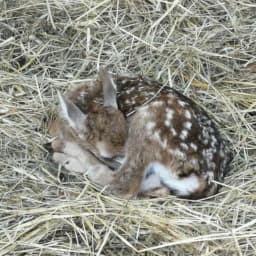Five Ways Farm project
Guiding Values: Nature, Health, Friendship, Knowledge, Sustainability
Mission: Living a higher quality life
Value Proposition
Value Proposition
THE HEART OF THE PROJECT
The heart of the project will be us, project participants.
We will use two legal instruments to manage our initiatives:
a cultural, artistic, sporting, and recreational, social promotion association aimed at developing the varied interests of the participants and channeling them towards the chosen goals, and
an agricultural company with limited liability, which manages the primary agricultural activities and activities related to them.
These legal instruments will be functional to the community’s mission: to live a happier, serene, active, and full of joys and satisfactions life, in contact with Nature and the people inside and outside the project.
THE FIRST TASK
The first goal to be achieved will be to find participants.
My commitment as a promoter to achieve this goal will be to plan, communicate, and then reach and select about 100 people who want to participate in the project.
Whenever a person joins the project, they can help me find the missing participants as a potential founder.
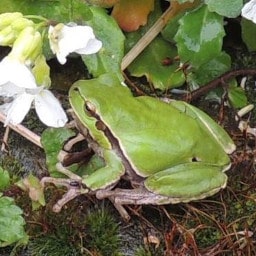
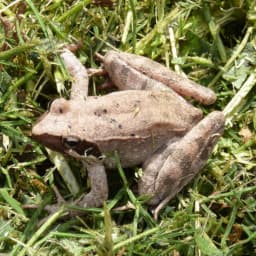
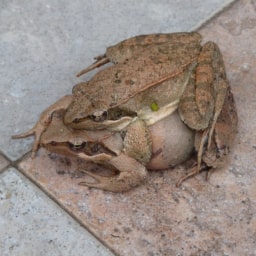
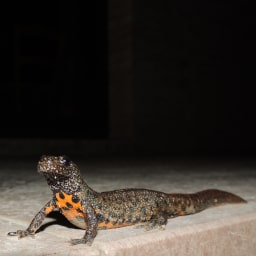
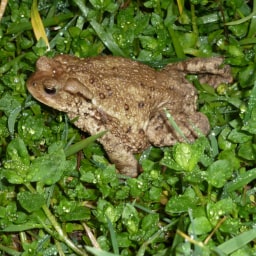
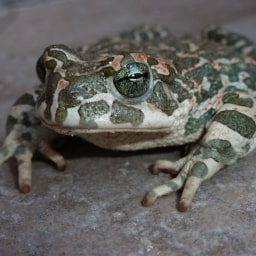
GETTING TO KNOW each other
It is essential to know yourself and to know the other participants. Getting to know each other is critical.
With mutual acquaintance, fear of each other is removed, and trust is generated between participants.
With reciprocated trust, participants open up to each other, tell their stories, and, in doing so, increase their knowledge of each other.
Following a positive spiral gradually increases mutual knowledge, which fuels reciprocated trust, which raises mutual understanding, and so in a crescendo.
In the course of this journey, friendship can be born. As we continue along this sequence of three-dimensional cycles (spiral: mutual knowledge, reciprocated trust, time), the friendship grows more robust, and the group becomes a community.
Dear readers, please write me a message (comment, suggestion, critique) about this value proposition using the contact form.
Everything can start with a small act like this.
This first virtual contact will be followed, with whoever wishes, by a structured online exchange of ideas on how to organize the Five Ways Farm project, “practicing” a useful and fun exercise, based on the text Business Model You (a text that can help you learn about yourself and others). See Operational Steps.
We will then set up real meetings to get to know each other in person as soon as is convenient.
Creating a Community
The Community I would like to create is a community of people who wish to follow five ways:
a Way of Nature, to live in ecosystems teeming with life and not in devitalized anthroposystems,
a Way of Health, to live a long and healthy life until the last day,
a Way of Friendship to live in good company with those who live next to us every day,
a Way of Knowledge of the Sciences, and the Know-How of Arts and Crafts, to cultivate our interests, and,
a Way of Sustainability that allows us to generate an adequate annual income, delivering to future generations a place of beauty and abundance.
I wish to establish a community of friendly people because friendship is magic that can fill the gap between what we have and what makes us happy.
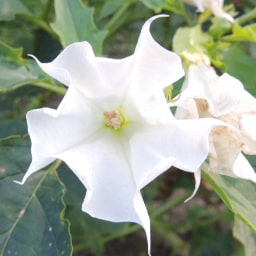
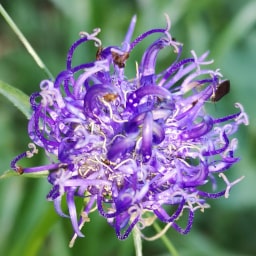
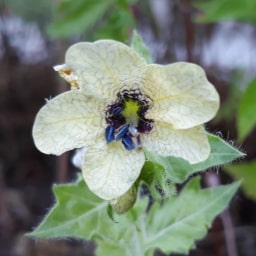
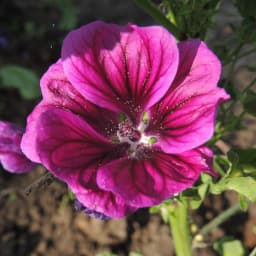
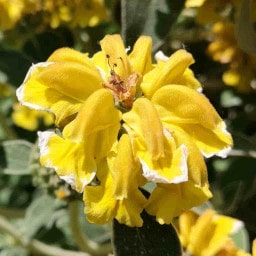
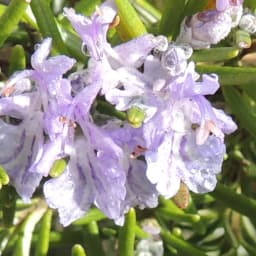
THE WAY OF HEALTH
ONE OF THE FIVE WAYS
I believe that our bodies are the best healers of themselves, especially when placed in a state of water fasting, and that by following a “correct” lifestyle, we can live beyond one hundred years in health until our final days.
Research like the Okinawa study has shown that there is no reason why most of us can’t live for about one hundred disease-free, healthy years. It’s the interaction between our genes and our environment that determines our health. The foods we eat or don’t eat, our stress level, sleep, activity, and exposure to toxins are constantly and dynamically instructing our genetic expression. This discovery is a revolutionary message of health empowerment and responsibility.
Cole Will, Ketotarian: The (mostly) plant-based plan to burn fat, boost your energy, crush your cravings, and calm inflammation: a cookbook. 2018. ISBN 9781529377903.
The Health Way is one of the paths I propose to take, and this project will be our experiment on ourselves.
We all agree that living longer but with a long and painful illness is not living and is not an attractive future.
Chronic disease occurs from leading a deficient lifestyle for a long time under one or more of the following variables:
- Food (when and what to eat);
- Physical Activity, Dance, Massage;
- Sleep, Breathing, Meditation;
- Connection with Nature, Sunshine, Outdoor Living, Bathing in Frozen Streams (Wim Hof Style), Grounding;
- Connecting with Others, experiencing, giving, and receiving feelings of Love, Friendship, Gratitude, Esteem, and Respect, enacting behaviors of Collaboration, Healthy Competition, and “Caring.”
What is Health?
The absence of disease or rather the presence of well-functioning defense systems that our bodies have had since birth?
I believe the correct answer is the latter. We will study and test together the close causal link between the five defense systems (angiogenesis, stem cells, microbiome, DNA self-protection, and immune system) and the five environmental variables above.
William W. Li, Eat to Beat Disease: The New Science of How Your Body Can Heal Itself. 2019. ISBN 9781538714621
From chronic diseases, we may not be able to heal ourselves. Still, by adopting a lifestyle that “indulges life,” they can often be “made latent” so that we can continue our lives to the final finish line without pain and infirmity.
PERMACULTURE
PART OF THE WAY OF NATURE
Permaculture was born at the end of the seventies in Australia and, in the following years, spread all over the world.
It is based on three ethical values:
- Earth Care (Way of Nature),
- People Care (Way of Friendship, when we take care of others, Way of Health and Way of Knowledge when we take care of ourselves),
- Future Care (Way of Sustainability).
It’s great to discover that the Five Ways Farm corresponds, with good approximation, to Permaculture’s three ethical principles!
The term care, contained in all three Permaculture ethical principles, is a term that implies personal and direct participation in the “care” of the Earth, of People, and the Future.
It is not the business of others. It is our business.
Let me point you to this book: Riane Eisler, The real Wealth of Nations – Creating a caring economics. 2007, Berrett-Koehler Publishers.
I suspect that every time we think we have found something new, we are repeating what others have said in the past. We don’t change the general idea; we choose different words because they better fit our thinking to the actual model we are considering.
And I’m always surprised to find that we repeat ourselves even though we shouldn’t because others in the past have already written, “books always speak of other books, and every story tells a story that has already been told.”
To prove the point, isn’t it true that the three ethical principles of Permaculture correspond quite well to the three Goals of Humanity: Environmental Justice (Earth Care), Social Justice (People Care), and Sustainability (Future Care)?
Permaculture means, among other things, realizing: raised beds, hugelkultures, annual and perennial plant guilds, medicinal plant guilds, food forests, …, all small dreams that can become a reality.
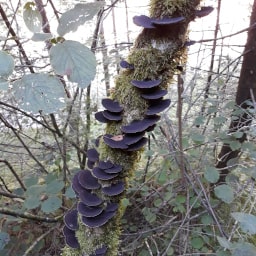
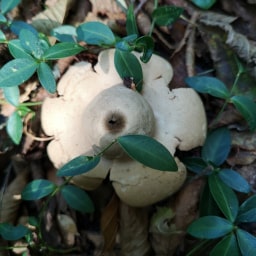
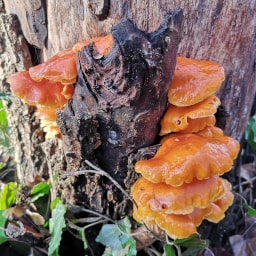
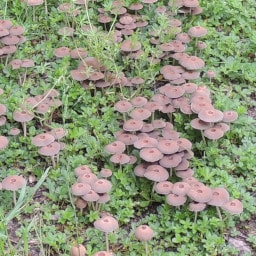
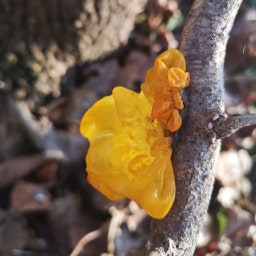
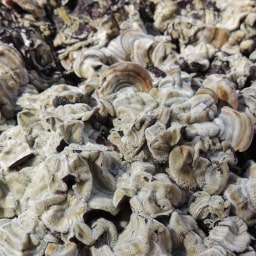
Activities and Design Models
There is a wide range of choices of farming and related activities that can be undertaken.
Main agricultural activities:
cultivation of algae, herbaceous plants, tree plants, mushrooms in aquatic and terrestrial environments;
breeding of invertebrates: mollusks and arthropods; vertebrates: fish, amphibians, reptiles, birds, mammals, in the aquatic and terrestrial habitat;
small local productions: meat products of domestic and wild ungulates, fresh poultry, rabbit and little game meat, honey and honey products, preserves, jams, vegetables and alimurgical herbs, bread, and bakery products, vegetable oils, dairy products, live and processed nuts, fishery and aquaculture products, dried pasta, beer and cider, vinegar;
related activities:
- agritourism: Lodging and Catering,
- educational farm: Didactic visits, After-school activities, Summer Centers, Courses and Events for Adults,
- social farm,
- rural tourism […]
Design Models
Each of us can use the design models that are most friendly to him. For my part, in the drafting of the proposals to be submitted to the association and company, I will use Permaculture’s principles and guidelines and the techniques of Business Model Generation and “lean” Business Plans.
Project Operational Profile
Once identified the people who want to participate in the project, drafted the memorandum and articles of association and company, agreed on the value of the properties that the company will take over from me, we will meet in front of a notary to carry out the following operations at the same time:
- constitution of agricultural society srl,
- contribution of the partners, excluding me,
- purchase of some of my properties by the company,
- contribution by me.
We will then move on to the execution of projects and works to achieve the desired apartments and facilities (Sauna, Solarium, Biopool, Rainwater harvesting system, Plant Phyto-purification, …).
In the time it will take to complete the works, we will define how we would like to organize our associative life (social, cultural, artistic, sports, and recreational activities). We will focus on the business activities’ business models we would like to undertake. We will draw up the related business plans to be ready to start our new adventure together.
The residual liquidity of the company (e.g.: contributions [8,000]- investments [3,845]- increase in credits [484] – decrease in debts [-180] = residual liquidity [3,851]) will be used
- to finance the chosen primary and related agricultural activities,
- to meet unforeseen expenses with a first-line reserve,
- to be kept aside as a second-line reserve.
In this way, the company will initially be provided with a solid financial position.
It will be the members’ responsibility to maintain this position over time, contributing to generating a positive and satisfactory operating income each year (economic-financial sustainability).
